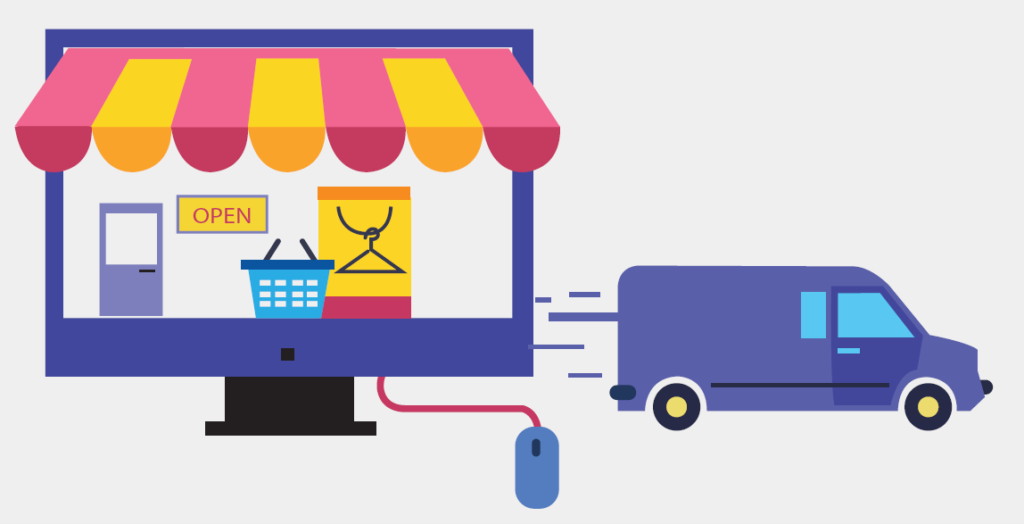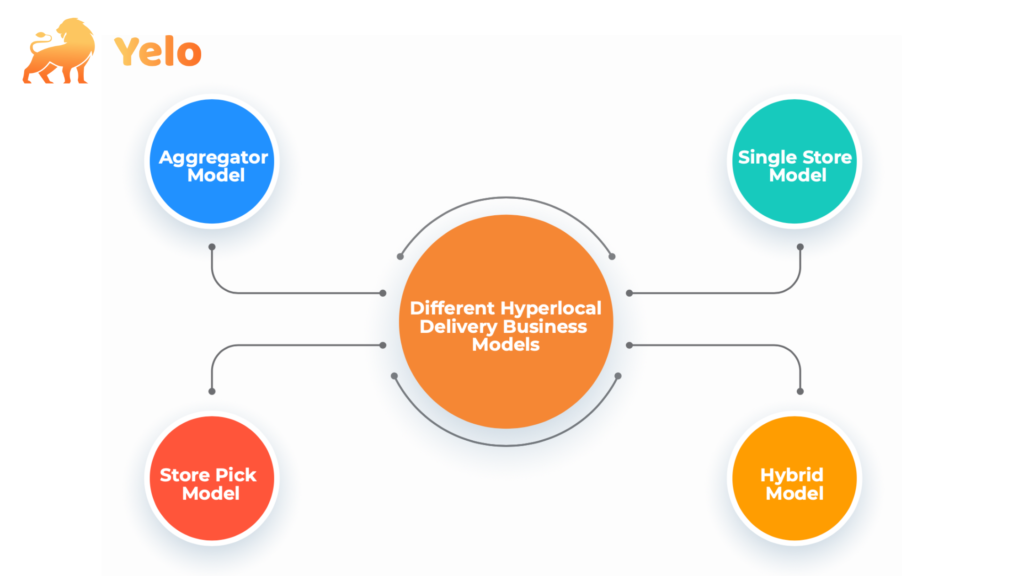
- Products
- Solutions
- Learn
- Partner
- Try Now
Hyperlocal businesses are the ones where one wants to build a local ecosystem that enables customers to buy anything from their neighborhood stores.
Hyperlocal refers to all businesses in your vicinity, the nearby General merchant, Restaurant, Market, Mall and other products and service providers. Hyperlocal platforms solve the problem of matching immediate demand with the nearest available supply in the most optimized manner.
E-commerce business are brands that go “national” or “international”, having large operations with economies of scale and branding to succeed. The appeal of these brands is strong and consumers are happy with both pay and wait for shipping.
Why go Hyperlocal?
The hyperlocal delivery industry was worth $1324 billion in 2019 and is expected to grow to $3634 billion by 2027, with a CAGR of 17.9% throughout that time.
Rapid improvements in the hyperlocal delivery sector have been spurred by rising customer demand, which has been fueled by increasing internet and smartphone penetration, urbanization, and changing customer behavior.
Consumer expectations are growing as a result of the proliferation of e-commerce platforms, online marketplaces, and delivery-based enterprises. Customers are drawn to firms who deliver things faster than their competitors, therefore the hyperlocal delivery model opens up a slew of possibilities for entrepreneurs.

The largest barriers to E-commerce players in the industry are
- 1) The logistical challenges of getting deliveries on time
- 2) The negative perception of fraud
- 3) Huge technological cost
- 4) High shipping cost
For a hyperlocal business to set up an online shop they both have to invest to overcome these barriers and then find the promised land of customer discovery.
Transactions
Hyperlocal business has an extreme physical vicinity to the consumer. While a vast E-commerce retailer may expect you to order today so that they can deliver tomorrow, a hyperlocal grocery merchant would guarantee that you get the grocery with an hour.
The differentiating factor of a hyperlocal business is that their whole supply chain is found entirely near to the customer and also the vendor. Thus making the transactions trustworthy and easy.
Delivery
Hyperlocal platforms resolve the problem of matching quick demand with the nearest available supply in the most optimized way. In short, if you require your air conditioner fixed, wish to order food from an excellent restaurant or need to get a haircut inside the comforts of your drawing room, just look towards a hyperlocal system for a solution.

Communication
Hyperlocal marketplace system is more helpful for both merchants and customers. The merchant can simply add the location where they can ship their products. The customers can enter their area, check the available products and merchants in that area. The Merchants/administrator can add their location according to their products are shown to the customer. They can also add shipping rate as per the location range thus making communication easier.
Service
Though hyperlocal businesses usually do not have as strong a brand as a large online retailer, they often evoke a greater degree of trust. This can be explained by the fact that the customer feels quite in control of the entire supply chain, i.e., the customer knows where the product is being sourced from, in-case it is a furniture or any electronic device he knows he can get it assembled in case of a problem, he will also know where it’s present location is, and as a consequence when it will be delivered.
Benefits of Hyperlocal eCommerce Businesses:
- Scaling or expanding to a newer geography is harder as one needs to replicate a similar model frequently in various regions. But getting started is easy
- Marketing spends are very effective given the little geographic spread of a hyperlocal business is limited
- Controlling quality and inventory can be easy and one can focus on a customer-centric model
Bridging the offline vs online gap
As consumers, they need an instant gratification and ease to move between physical and online shopping experiences. However, the current online and offline shopping experience are disconnected and non-personalised.
Yelo act as a personal shopper to help customers to find what they need in the store and helps the retailer to understand more about customers creating a holistic view of the customer profiles, allowing retailers to extend services to enhance offline experiences with digital enhancements.
Location-based technology is here, and we’re currently witnessing the emergence of the missing piece of the puzzle—a shift in the consumer mindset. For this reason, retailers need to be considering the use of location-based technology to improve their customers’ experiences, drive revenue and increase operational efficiency.
Due to shift in consumer mindset, hyperlocal business needs to be considering the use of location-based technology to interact with customers’ in proximity to enrich their experiences, drive revenue and increase operational efficiency.
Wrapping up
Prior to starting a business Think ahead, not just for the present, but also for the future, and ask yourself Is Hyperlocal The Future Of E-Commerce?
People want faster delivery and they trust local, eCommerce will soon be replaced with Qcommerce (quick commerce: delivery within 45 minutes).
If you are planning to start a hyperlocal business, you have come to a right place. we can provide you a cloud-based on-demand ordering platform where hyperlocal businesses can offer direct-to-consumer and multi-vendor services to consumers. Sign up with Yelo today and hop on a free 14-day trial.
Want more information read: 5 Reasons Why Hyperlocal Business Is a Growth Opportunity
Subscribe to stay ahead with the latest updates and entrepreneurial insights!

Subscribe to our newsletter
Get access to the latest industry & product insights.





















